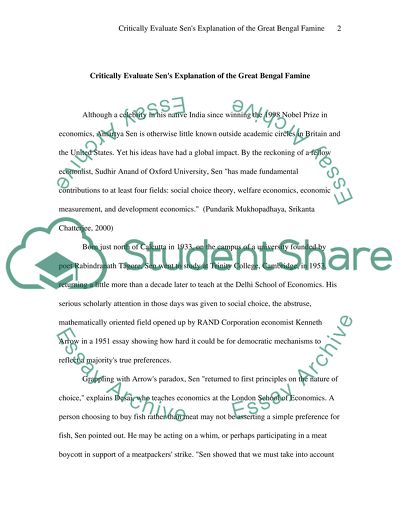Cite this document
(“Sen's Explanation of the Great Bengal Famine Book Report/Review”, n.d.)
Sen's Explanation of the Great Bengal Famine Book Report/Review. Retrieved from https://studentshare.org/sociology/1521582-sens-explanation-of-the-great-bengal-famine
Sen's Explanation of the Great Bengal Famine Book Report/Review. Retrieved from https://studentshare.org/sociology/1521582-sens-explanation-of-the-great-bengal-famine
(Sen'S Explanation of the Great Bengal Famine Book Report/Review)
Sen'S Explanation of the Great Bengal Famine Book Report/Review. https://studentshare.org/sociology/1521582-sens-explanation-of-the-great-bengal-famine.
Sen'S Explanation of the Great Bengal Famine Book Report/Review. https://studentshare.org/sociology/1521582-sens-explanation-of-the-great-bengal-famine.
“Sen'S Explanation of the Great Bengal Famine Book Report/Review”, n.d. https://studentshare.org/sociology/1521582-sens-explanation-of-the-great-bengal-famine.


